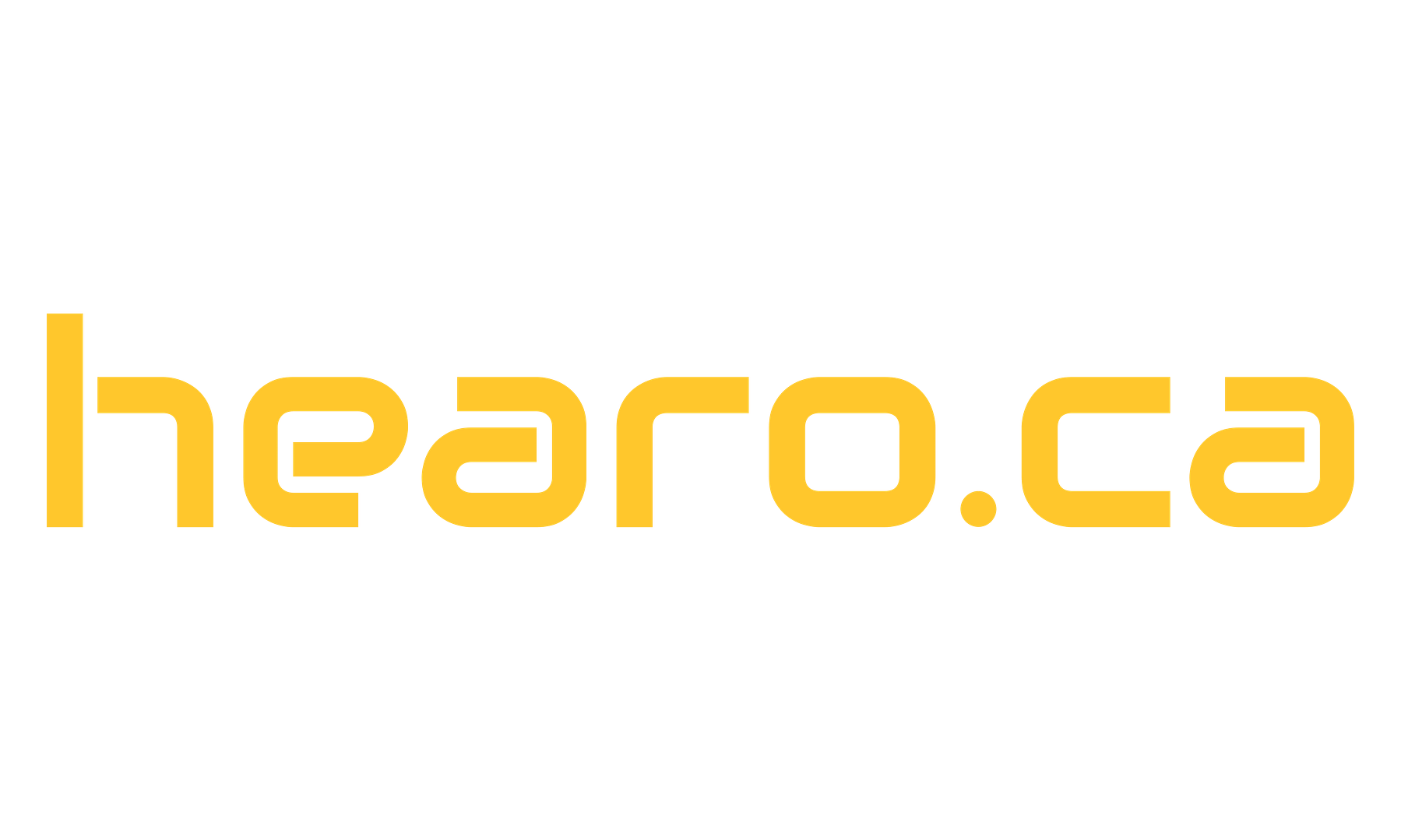Bone anchored hearing instruments (BAHI) represent an innovative approach to hearing restoration for people with specific types of hearing loss. Unlike conventional hearing aids that amplify sound through the ear canal, these devices bypass the outer and middle ear entirely, directly stimulating the inner ear through bone conduction. This blog post explores when these devices are indicated, what makes them unique, and compares the leading brands in the market today.
What Are Bone Anchored Hearing Instruments?
Bone anchored hearing instruments consist of three main components:
- A small titanium implant surgically placed in the skull behind the ear
- An abutment or connection that protrudes through the skin
- An external sound processor that captures sound and converts it into vibrations
These vibrations are transmitted through the skull bone directly to the inner ear, bypassing any problems in the outer or middle ear.
When Are They Indicated?
Bone anchored hearing solutions are typically recommended for patients with:
- Conductive Hearing Loss: When sound cannot efficiently travel through the outer or middle ear due to issues like chronic ear infections, malformations, or previous surgeries.
- Mixed Hearing Loss: A combination of conductive and sensorineural hearing loss, where both the sound transmission pathway and the inner ear have issues.
- Single-Sided Deafness (SSD): Complete hearing loss in one ear with normal or near-normal hearing in the other ear. The device captures sound from the deaf side and transmits it to the functioning inner ear on the opposite side.
- Medical Conditions: Conditions such as atresia (absence of an ear canal), microtia (underdeveloped ear), chronic otitis media (middle ear infections), or otosclerosis (abnormal bone growth in the middle ear).
- Inability to Use Conventional Hearing Aids: When traditional hearing aids cannot be worn due to allergies, chronic ear drainage, or anatomical limitations.
What Makes Them Different from Conventional Hearing Aids?
Bone anchored hearing instruments differ from traditional hearing aids in several key ways:
- Transmission Method: They transmit sound through bone conduction rather than air conduction.
- Surgical Requirement: They require a minor surgical procedure to implant the titanium fixture.
- Ear Canal Independence: They completely bypass the ear canal and middle ear, making them ideal for people with middle ear problems or ear canal issues.
- Cosmetic Advantages: Some models offer more discreet options than traditional behind-the-ear hearing aids.
- Sound Quality: Many users report a more natural sound quality, as sound doesn’t need to be amplified through the damaged portions of the ear.
- Single-Sided Deafness Solution: Unlike most conventional hearing aids, BAHIs can effectively address single-sided deafness.
Leading Brands and Their Offerings
Oticon Medical Ponto
The Ponto system by Oticon Medical offers several key features:
- Ponto 5: The latest generation featuring OpenSound Navigator technology that helps users focus on speech in noisy environments
- BrainHearing Technology: Designed to support how the brain naturally processes sound
- Wireless Connectivity: Direct streaming from iOS and Android devices
- Surgical Options: Both traditional abutment systems and minimally invasive MIPS (Minimally Invasive Ponto Surgery) procedures
- SuperPower Models: Available for patients with more severe hearing loss
Cochlear Baha 6
Cochlear’s Baha 6 system includes:
- Baha 6 Max: Their most powerful sound processor
- SmartSound iQ: Technology that automatically adapts to different listening environments
- Wireless Accessories: Including TV streamers, remote microphones, and smartphone compatibility
- Baha Connect: Traditional abutment system
- Baha Attract: Magnetic connection system that leaves no abutment protruding through the skin
- Fitting Range: Solutions for various degrees of hearing loss from mild to severe
Cochlear Osia System
The Osia system represents Cochlear’s newer implantable bone conduction solution:
- Active Digital Implant: Unlike traditional BAHIs, Osia uses an active digital implant placed under the skin
- Piezoelectric Technology: Delivers more efficient energy transfer and improved high-frequency gain
- Osia 2 Sound Processor: Features advanced signal processing and connectivity options
- Fully Implantable Components: No abutment penetrating the skin, potentially reducing complications
- Higher Power Output: Can address more significant degrees of hearing loss than traditional BAHIs
Comparison of Systems
When comparing these systems, several factors stand out:
Surgical Approach:
- Ponto and Baha Connect use a percutaneous (through the skin) abutment
- Baha Attract uses a magnetic connection
- Osia uses a fully implanted active stimulator with no skin penetration
Sound Quality and Performance:
- All systems provide excellent sound quality for appropriate candidates
- Osia may offer advantages for high-frequency hearing and greater power needs
- Ponto’s BrainHearing approach focuses on natural sound processing
- Baha 6 provides proven reliability with advanced environmental adaptation
Aesthetic Considerations:
- Osia and Baha Attract offer more discreet solutions with no visible abutment
- Ponto and Baha Connect sound processors are visible but come in various colors to match hair or skin tone
Maintenance Requirements:
- Percutaneous systems (Ponto, Baha Connect) require regular cleaning around the abutment
- Magnetic and fully implanted systems require less daily maintenance
The Future of Bone Conduction Hearing Technology
The field continues to advance with improvements focusing on:
- Smaller, more discreet devices
- Extended battery life
- Enhanced sound processing capabilities
- Improved surgical techniques with faster healing times
- Better connectivity with smartphones and other digital devices
Conclusion
Bone anchored hearing instruments represent a revolutionary approach for specific types of hearing loss. For suitable candidates, these devices can provide significant improvements in hearing and quality of life when conventional hearing aids aren’t effective. The choice between Ponto, Baha 6, and Osia systems should be made in consultation with an audiologist and otolaryngologist based on individual hearing needs, anatomy, lifestyle, and preferences.
If you believe you might benefit from a bone anchored hearing system, consult with a hearing healthcare professional who specializes in implantable hearing solutions to determine which option might be best for your specific situation.
